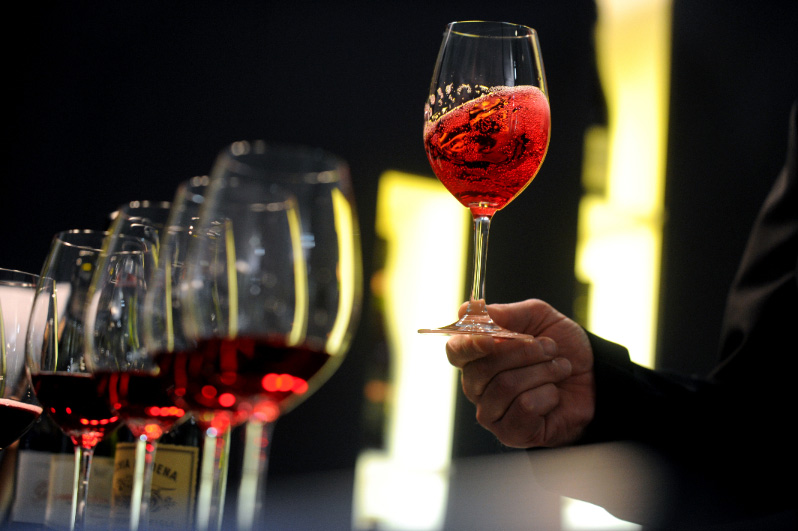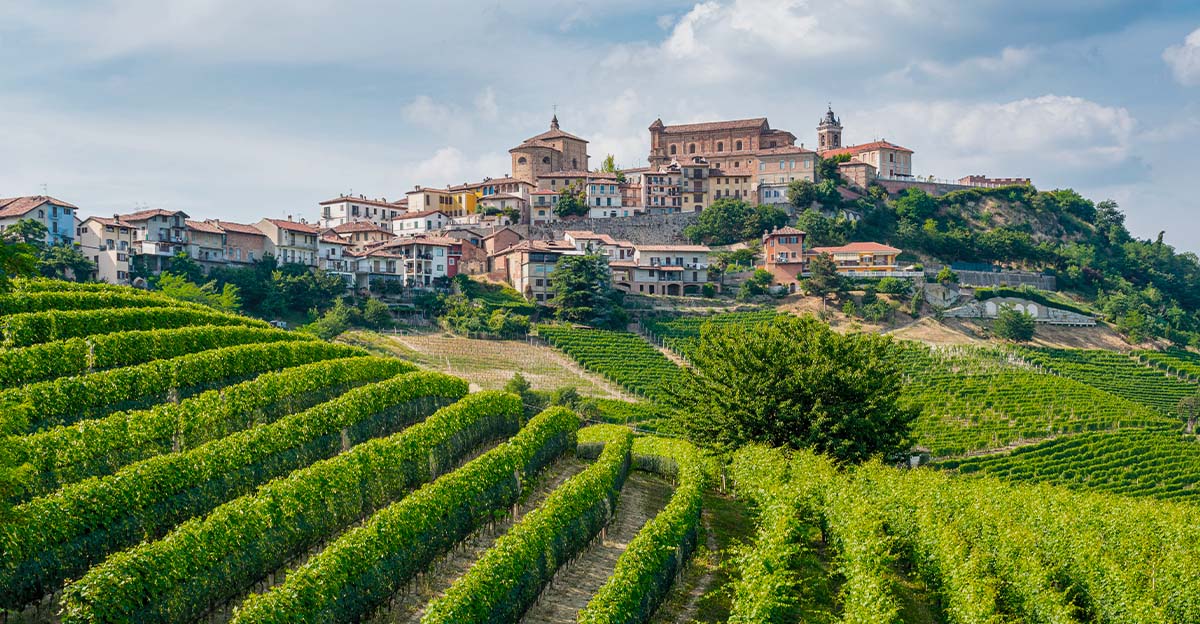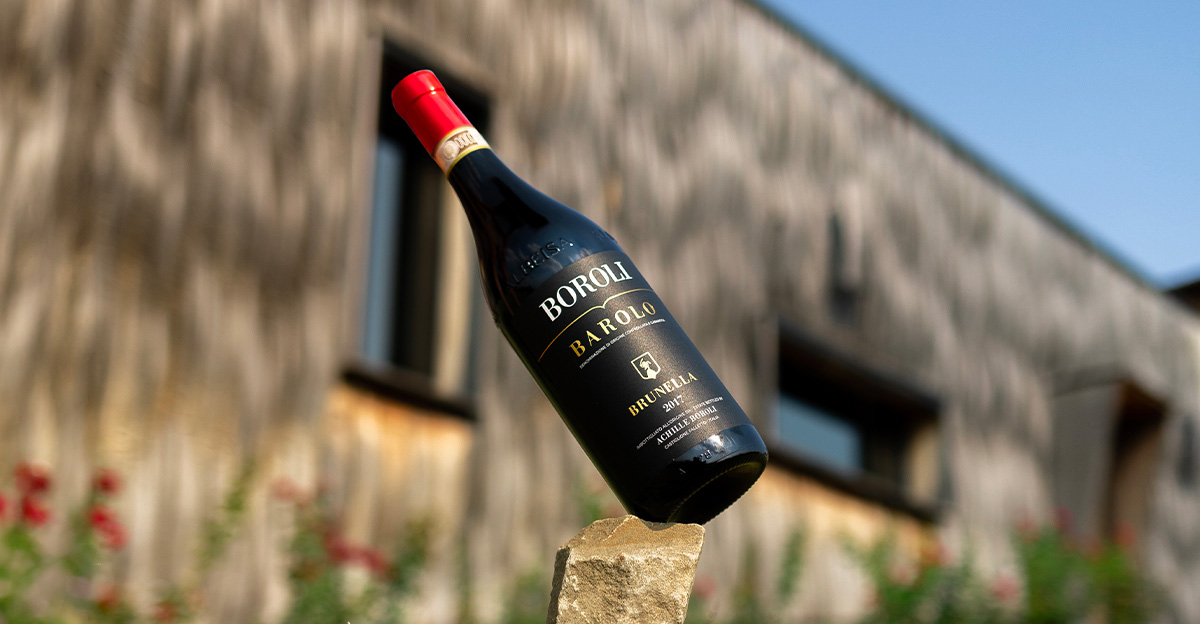It is normal to wonder how to taste wine if you have never had the opportunity to do so. It is an event of conviviality and passion dedicated not only to experts who wish to expand their knowledge of wine culture but also to the curious people who want to experience an immersive activity that satisfies both the most trained taste buds and the occasional adventurers. In short, whether it is professionals or simply interested parties, there are many occasions, starting with wine fairs, where the warm atmosphere of a common passion will allow you to taste the best bottles. Furthermore, several wineries offer specific tours of their estates, concluding with a tasting designed to deepen the knowledge of the brand and the specificity of the labels, in addition to the history, processing, and fascinating context enclosed in the geometry of a bottle. Moving on to the practical aspect, what are the steps to wine tasting?
The first phase of any wine tasting is the visual analysis, which concerns the intensity of the color and the possible presence of residues; then there is the olfactory tasting phase, during which you can try to discern the aromas and derivations of wine, an essential component of the overall experience; finally, it is time for the actual tasting, thanks to which you will finalize the experience by evaluating the different parts that make up this activity. Let’s see in detail each of these phases and discover the main events to participate in round and satisfying tasting experiences.






